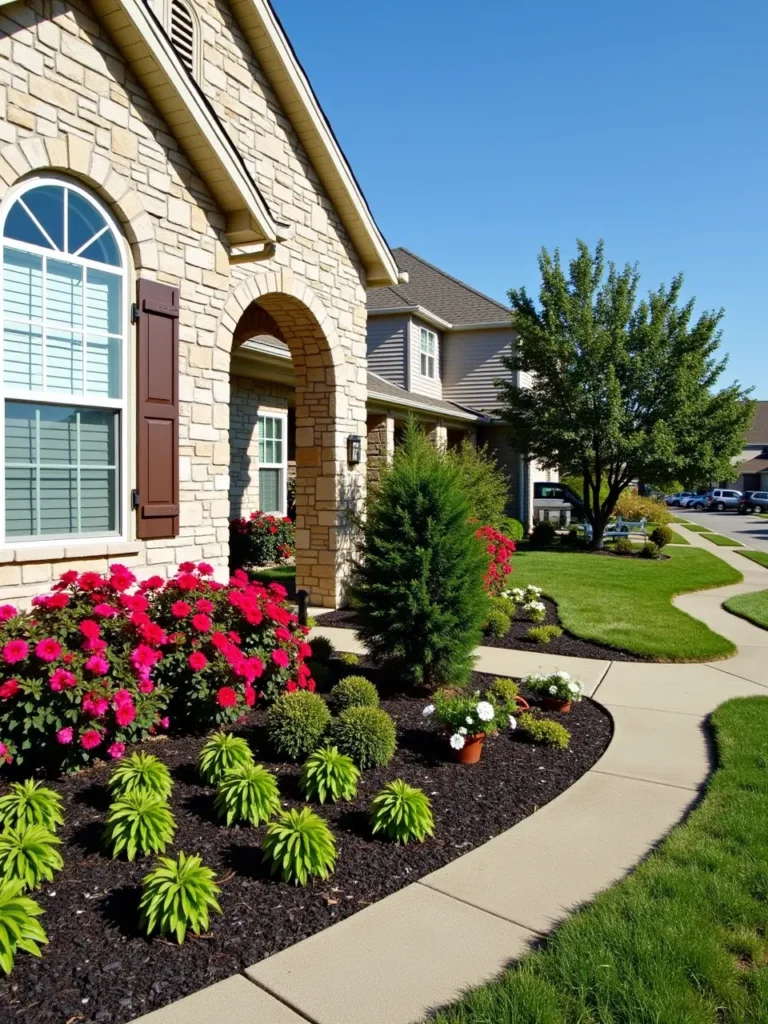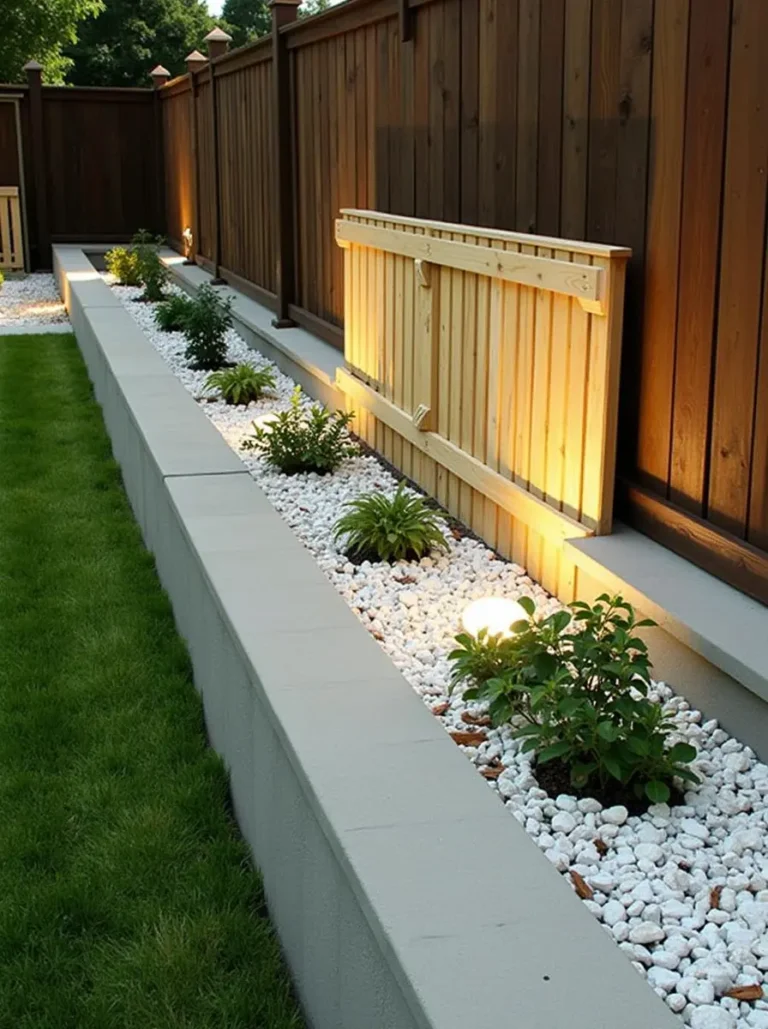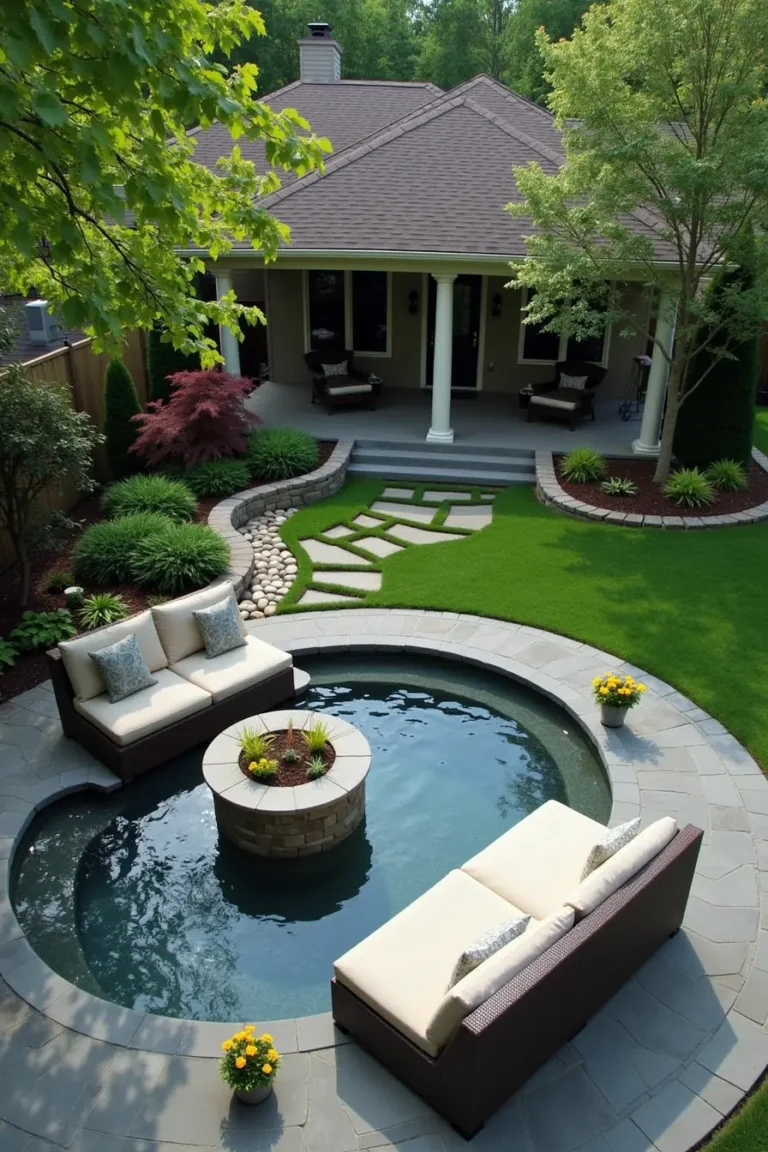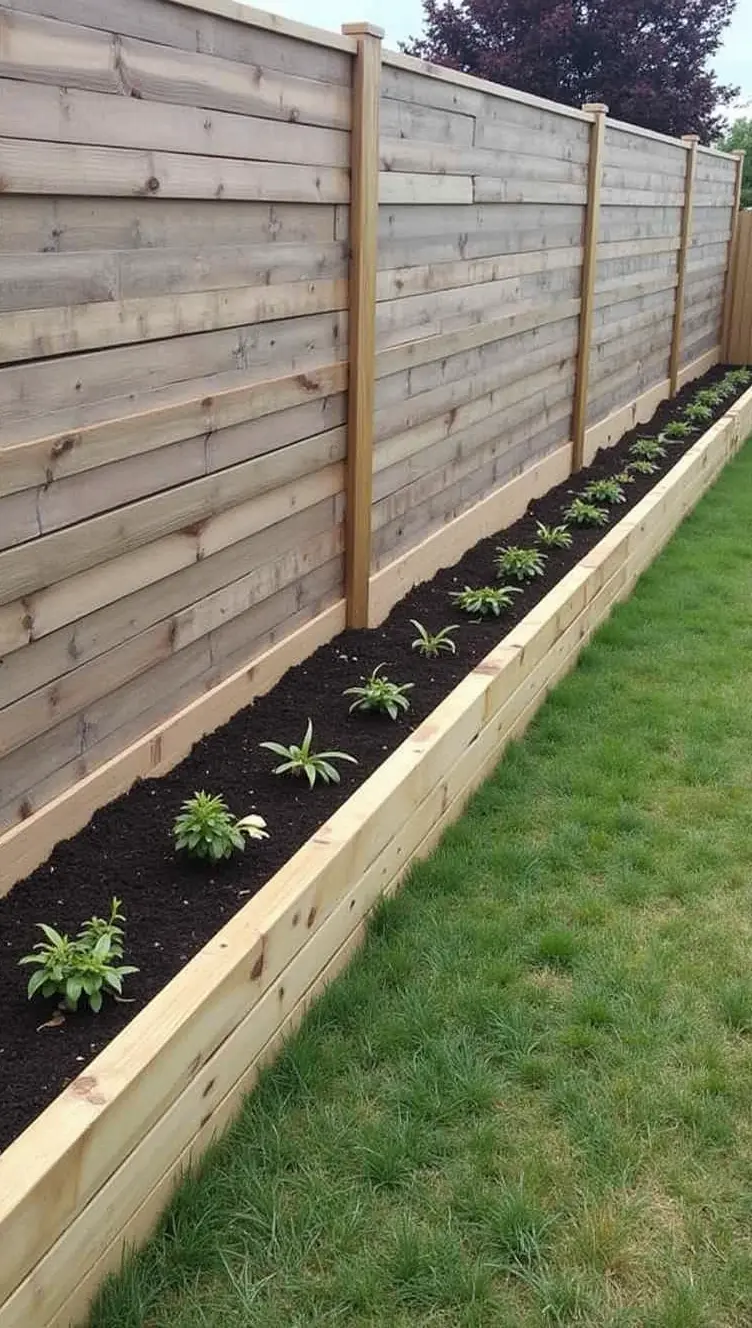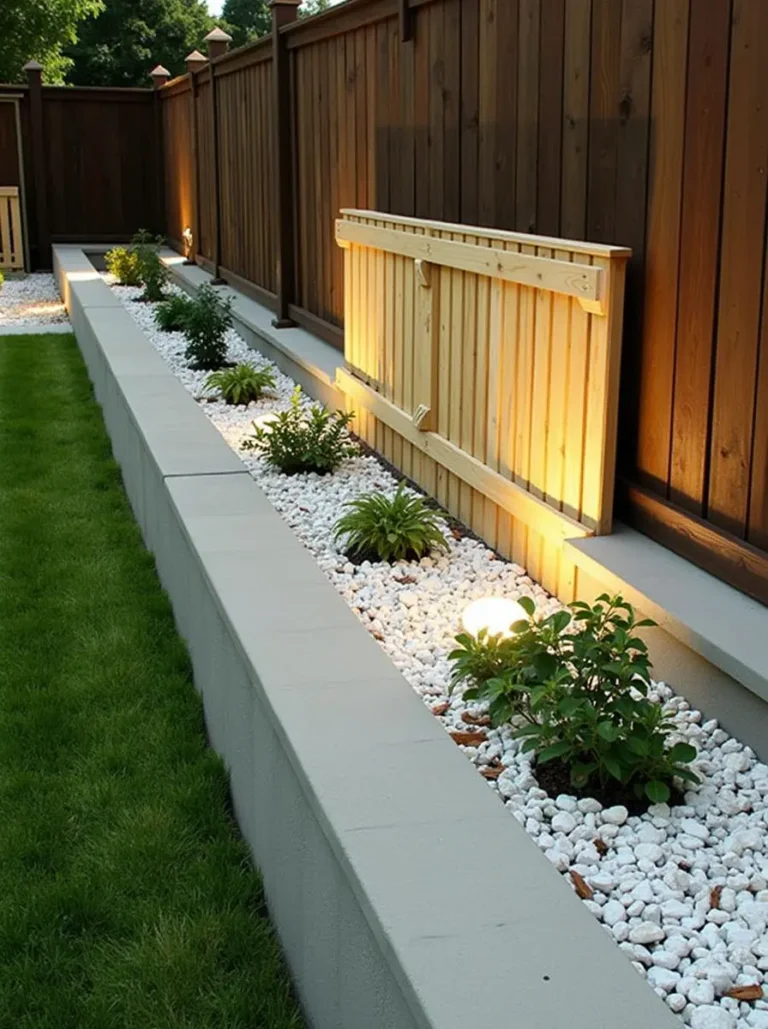Transform Your Garden Year-Round with Expert Design
Design a Four-Season Landscape: An Expert Guide to Year-Round Garden Beauty
Imagine stepping into your garden, no matter the season, and being greeted by a stunning display of colors, textures, and life. Designing a four-season landscape may seem daunting, but with a little planning and creativity, you can transform your outdoor space into a year-round oasis. In this expert guide, we’ll unfold the secrets of seasonal landscaping, ensuring that your garden remains vibrant and inviting throughout the year.
The Importance of Seasonal Landscaping
Why should you design a garden that shines in every season? A well-planned landscape enriches your outdoor experience, boosts curb appeal, and adds value to your property. By integrating a variety of plants and features, you create a dynamic environment that evolves with nature, drawing you outside throughout the year.
Spring: Awakening the Color Palette
As winter melts away, your garden should awaken like a sleeping beauty. Start by incorporating early bloomers such as crocuses and tulips. Their vibrant flowers signal the arrival of spring and are a joy to behold. Consider layering your planting; taller plants like delphiniums can be in the back with shorter blooms in the front to create depth while catching the eye.
Don’t forget about foliage! Plants like Japanese maple provide stunning color and structure, even before they bloom. Warm colors, such as yellows and pinks, will invigorate your garden and offer a welcoming feel.
Summer: Embracing Fullness and Foliage
Summer is the time to relish the lushness of your garden. Grasses and perennials, such as echinacea and rudbeckia, create a vibrant and wild aesthetic, perfect for long sunny days. Incorporate a variety of heights and textures to enhance visual interest. The sound of rustling leaves and the sight of colorful blooms will invite pollinators as well, making your garden lively and buzzing!
Adding elements like a water feature will not only provide aesthetic appeal but also attract birds and beneficial insects. Consider placing bright annuals like petunias in containers around patios or pathways to create splashes of color and serve as focal points.
Fall: A Symphony of Warm Hues
As the heat of summer wanes, the fall season brings forth a palette of golds, oranges, and deep reds. Showcase the rich autumn colors by incorporating trees like sugar maple and shrubs like burning bush. Ornamental grasses, such as switchgrass and feather reed grass, sway elegantly in the wind, creating a soft and inviting atmosphere.
Plan for late-blooming perennials like asters and chrysanthemums to add bursts of color as other plants begin to fade. A carefully designed landscape can be a canvas of warm hues, creating a cozy environment during the harvest season.
Winter: The Season of Structure
While many gardens may appear barren in winter, this is your opportunity to emphasize structure. Evergreens, such as pines and spruces, provide year-round greenery. Consider adding hardscaping elements like stone paths, sculptures, or garden benches to create visual intrigue even during the colder months.
Deciduous trees can be appreciated for their unique branches and bark textures in winter, offering a stark contrast to the whites and browns of the season. Additionally, consider planting winter bloomers like hellebores to provide delicate flowers when most gardens are otherwise lifeless.
Creating a Cohesive Design
The key to a successful four-season landscape is continuity. Choose a color scheme that complements your home and ties the different seasons together. For example, using complementary colors like purple, blue, and orange can create harmony across your garden, drawing your eye throughout the space.
Moreover, select plants with varying sizes and shapes to add depth. The integration of pathways or borders can also help frame your garden, guiding visitors through your beautiful designs.
Tips for Plant Selection
- Local Hardiness Zones: Understand your local climate and select plants suited for your hardiness zone.
- Diverse Plant Heights: Use a combination of trees, shrubs, and perennials to create layers.
- Evergreens: Include these to maintain some level of greenery during winter months.
- Seasonal Interest: Choose plants that bloom or change color across seasons.
- Native Plants: Incorporate native species for easier maintenance and support local wildlife.
Frequently Asked Questions
What are the best plants for a four-season landscape?
The best plants include a mix of evergreens, deciduous trees, perennials, and annuals that offer blooms or color throughout the year. Examples are flowering dogwood, hydrangeas, coneflowers, and pansies.
How do I maintain my four-season garden?
Regular maintenance includes pruning shrubs, deadheading flowers, mulching, and ensuring proper watering. Seasonal clean-up is also vital to prepare your garden for the next season.
Can I have a four-season landscape in a Small Garden?
Absolutely! You can create a beautiful four-season garden in a small space by selecting compact plants, using vertical gardening techniques, and incorporating containers to maximize your available area.
What role does hardscaping play in a four-season landscape?
Hardscaping elements like pathways, patios, and retaining walls add structure, direct movement within the garden, and create year-round visual interest even when plants are dormant.
When is the best time to plant for a four-season landscape?
The best planting times can vary based on climate, but generally, spring and fall are ideal for most plants to establish roots before starting new growth.
“


